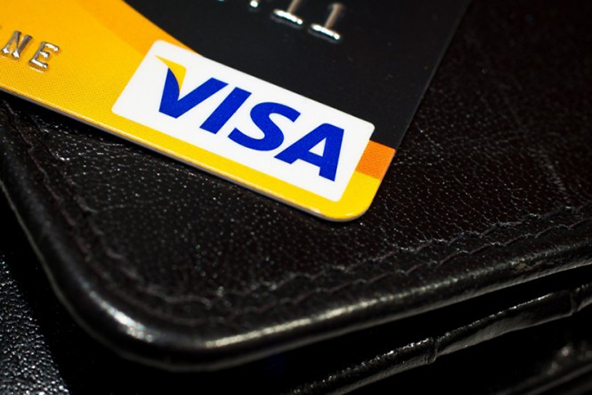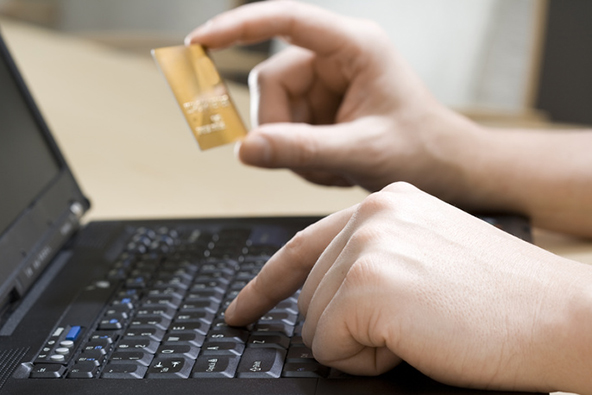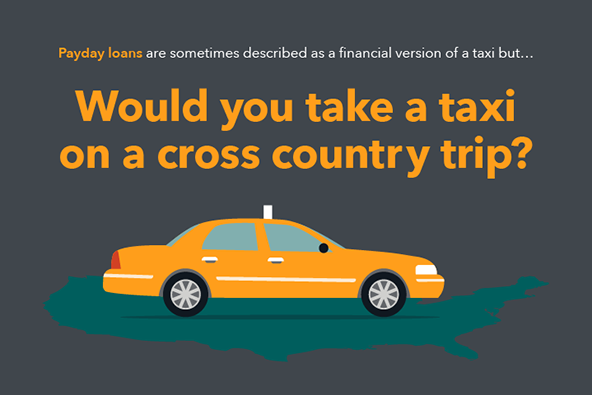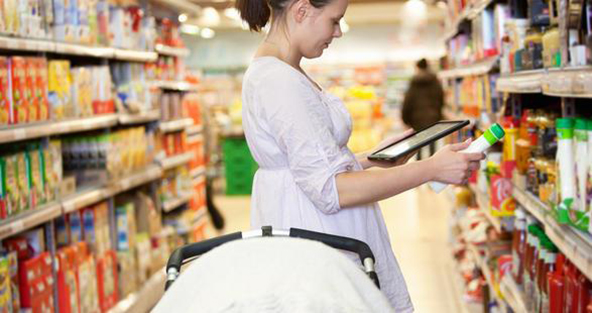Visa to Enable Person-to-Person Credit Card Payments in the U.S.

Visa, the world’s largest credit card payment processing network, will enable U.S. consumers to receive and send money from their Visa cards to other Visa cards and bank accounts worldwide, the San Francisco-based company said in a press release.
So if you owed a friend $20 and had no cash, you would be able to pull up your Visa card and pay up your debt much as you would do at a restaurant.
How It Will Work
The new person-to-person (P2P) payment service will allow users to send money to a Visa debit, credit or prepaid card by entering the recipient’s 16-digit account number, email address or mobile phone number. In the latter two cases, after receiving a message that someone is sending her money, the recipient would enter her account number and the transfer would be completed. No pricing details were released.
Additionally, users will be able to make P2P transfers and payments to Visa cardholders by bringing cash to participating banks. These transactions will be processed on the platforms of CashEdge and Fiser, two companies Visa has partnered with, whose person-to-person services are already used by 200 and 500 banks, respectively.
Visa already had partnerships with?áMoneyGram International and Bancomer Transfer Services who facilitate international transfers and person-to-person payments for the payment processing giant.
Increasingly Crowded P2P Payments Filed
The person-to-person payment services field is becoming increasingly crowded and highly competitive. PayPal is perhaps the first name that comes to mind and eBay’s payments subsidiary is certainly the biggest P2P processor at present and is likely to remain well ahead of its rivals for a long time to come.
Among the new P2P contenders, Square is making the biggest noise. Founded by the creator of Twitter, the start-up is now processing more than $1 million a day in mostly P2P payments and signing up $100,000 new users per month, numbers reminiscent of PayPal’s of a decade ago.
There is also a multitude of start-ups with names like BOKU, Zong, Dwolla and Daopay that facilitate P2P payments through emails, text messages or by entering the recipient’s cell phone number. With these services money is ultimately transferred between banks accounts or debited to the payer’s monthly mobile phone bill.
The distinguishing feature of Visa’s service is that it allows for P2P transfers and payments to be made to, from or between card accounts, without the need to first sign up for a third-party service, e.g. PayPal.
The Takeaway: It Is Cost vs. Benefits
I use my credit card everywhere I can, because it gives me up to five percent back on the purchases I make. On average, I get $100 in cash-back every two months. So I welcome every new development that makes it easier to use credit cards.
However, the service also needs to be relatively cheap, so that the benefits of using it outweigh the associated costs. So far, we don’t know how much Visa will charge for its P2P service and I can’t form an opinion until we do.
Image credit: Payoff.com.


